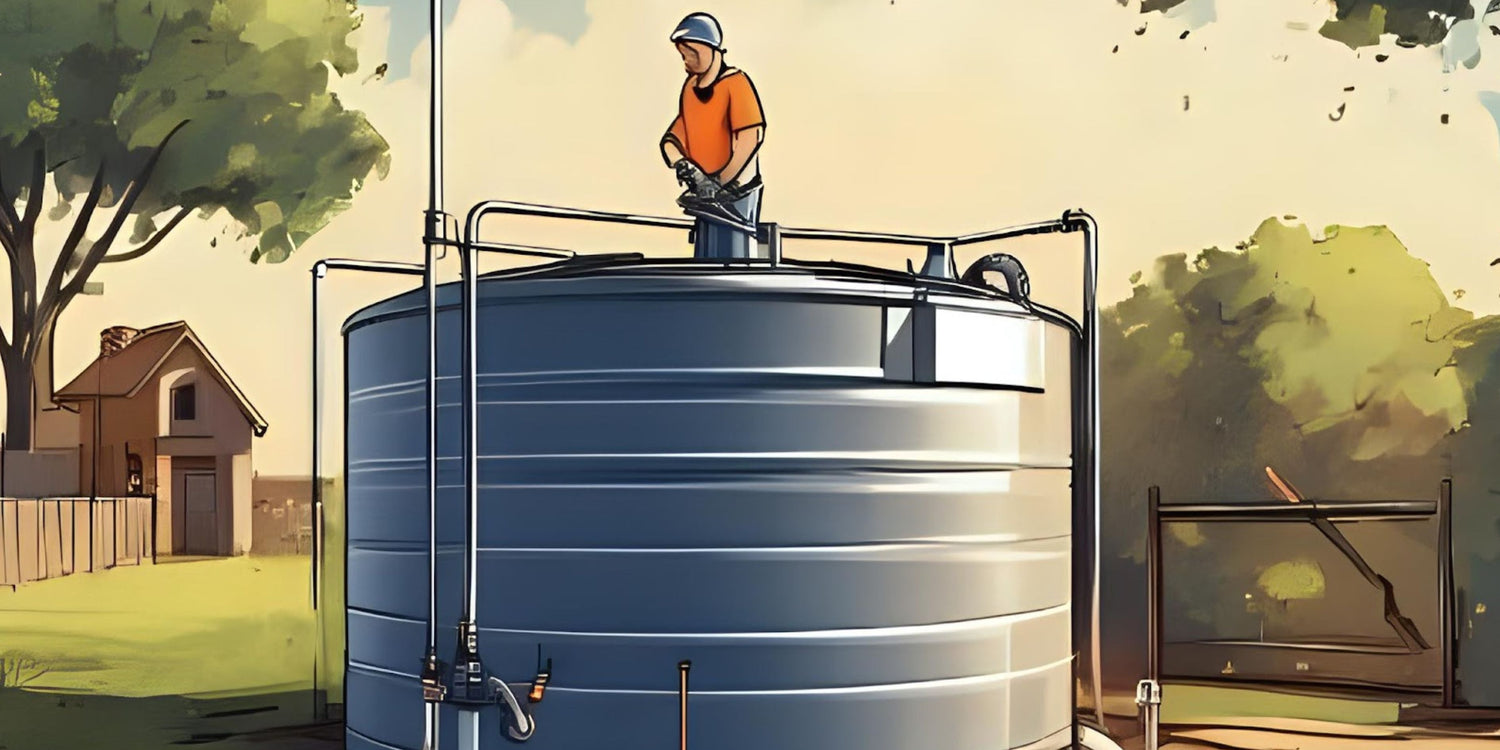Rainwater harvesting is more than a sustainability trend—it's a smart way to reduce your water bills, conserve resources, and create independence from municipal water. But simply installing a Rainwater Filter isn’t enough. Regular tank maintenance is critical to ensure your water stays clean, your system runs efficiently, and you truly reap the Rain Harvesting Benefits, Methods & Uses.
Whether you're using the water for gardening, cleaning, livestock, or even potable use (with treatment), keeping your rainwater tank clean and functional makes all the difference. Here, we’ll walk you through the best practices, tools, and a detailed checklist to maintain your rainwater tank, while introducing the most efficient filtration options like the Rainy Filter FL 80 and Rainy Filter FL 350.
Rainwater Tank Maintenance: The Ultimate Checklist
To keep your rainwater harvesting system in top shape, follow this regular maintenance checklist. These tasks are designed to protect your water quality and extend the lifespan of your setup.
1. Inspect Tank and Roof Catchment Area (Monthly)
-
Clear leaves and branches from gutters.
-
Check for pests and debris near openings.
-
Ensure there's no moss or algae growth.
-
Confirm that downpipes are securely connected.
2. Clean Gutters and Downpipes (Every 3 Months)
-
Blocked gutters can lead to dirty water and overflow.
-
Use mesh guards to prevent future clogs.
-
Run water through pipes to test for clear flow.
3. Check Inlet and Overflow Screens (Quarterly)
-
Remove any insects, dirt, or bird droppings.
-
Replace torn screens to prevent mosquito breeding.
-
Tighten any loose fittings around the openings.
4. Clean Rainwater Tank (Annually or As Needed)
-
Drain and scrub the internal walls with a non-toxic cleaner.
-
Remove sediment buildup at the bottom of the tank.
-
Check for any signs of corrosion or structural damage.
This step is crucial for anyone focused on cleaning rainwater tanks to maintain water quality.
5. Install or Upgrade Rainwater Tank Filters
-
A reliable Rainwater Tank Filter ensures clean water.
-
Consider advanced models, such as the Rainy Filter FL 80 for small to medium-sized homes, or the Rainy Filter FL 350 for larger roof catchment systems.
-
Filters also reduce sediment, debris, and bacteria.
Best Practices for Long-Term Tank Health
Proper rainwater tank maintenance goes beyond occasional checks. It requires adopting the right habits and investing in quality tools and components. Here’s how to protect your tank and water for the long run:
1. Use First Flush Diverters
These divert the first rainfall (which contains the most contaminants) away from the tank.
2. Keep Light Out of the Tank
UV light promotes algae growth—use opaque tanks and sealed lids.
3. Monitor for Unusual Smells or Discoloration
Bad smells or cloudy water may indicate bacterial growth or contamination.
4. Install Leaf and Debris Catchers
Prevents large organic matter from entering the tank.
5. Use Suitable Filters for Your Needs
-
Rainy Filter FL 80: Ideal for small-scale domestic use.
-
Rainy Filter FL 350: Best for large buildings and heavy collection needs.
Unlocking Rain Harvesting Benefits, Methods & Uses
When properly managed, a rainwater harvesting system delivers many benefits:
-
Cost Savings – Reduce municipal water usage and bills.
-
Eco-Friendly Living – Conserve water, especially in drought-prone regions.
-
Self-Reliance – Maintain control over your water source.
-
Multiple Uses – Irrigation, flushing toilets, laundry, or filtered drinking water.
How to Choose the Right Rainwater Tank Filter
Investing in a reliable Rainwater Tank Filter isn’t just about water purity—it’s about system longevity and safety.
|
Filter Type |
Best For |
Model Suggestion |
|
Compact Mesh Filters |
Home use, low debris areas |
Rainy Filter FL 80 |
|
High-Flow Filters |
Large roof surfaces, heavy rainfall |
Rainy Filter FL 350 |
|
Self-Cleaning Filters |
Low-maintenance systems |
FL Series auto-clean |
Common Tank Maintenance Mistakes to Avoid
-
Neglecting seasonal maintenance – Water quality degrades quickly.
-
Overlooking small leaks or cracks – A minor leak can become a big issue.
-
Using poor quality or no filter – Leads to contaminated water.
-
Skipping annual tank cleaning – Causes sediment and bacteria buildup.
What Makes Rainwater Harvesting So Valuable?
In a world facing water scarcity, a well-maintained rainwater harvesting system with:
-
Regular tank maintenance
-
Effective filters like Rainy Filter FL 80 or FL 350
-
Clean gutters and sealed tank lids
…ensures Rain Harvesting Benefits, Methods & Uses from financial savings to environmental protection.
Final Thought: Clean Tanks Mean Clean Water
You’ve invested in a rainwater harvesting system—make sure it delivers safe, clean water by prioritizing maintenance.
FAQs
1. How often should I clean my rainwater tank?
Once a year for a full clean; monthly or quarterly for inspections.
2. Do I need a filter if I only use rainwater for gardening?
Yes, even for non-drinking use, filters prevent clogs and plant damage.
3. Which Rainy Filter model is best for my home?
FL 80 for small to medium homes; FL 350 for larger systems.
4. Is rainwater safe to drink?
Yes, with proper filtration and treatment.
5. Can I install a rainwater tank filter myself?
Yes, but if unsure, hire a professional.

